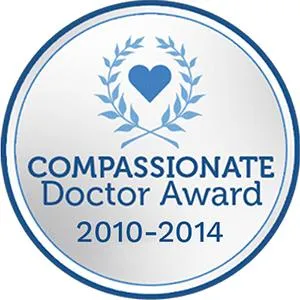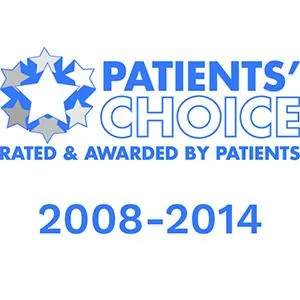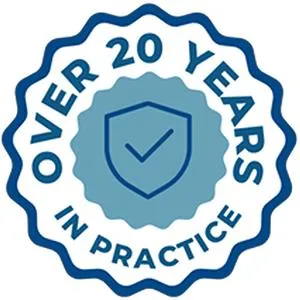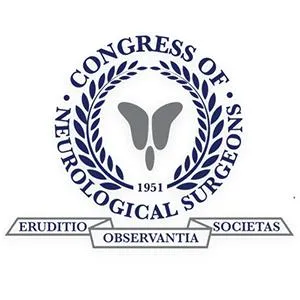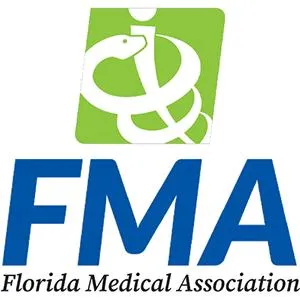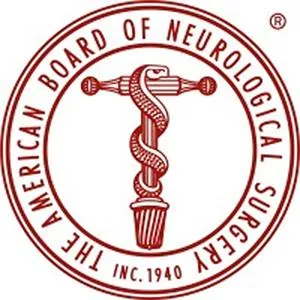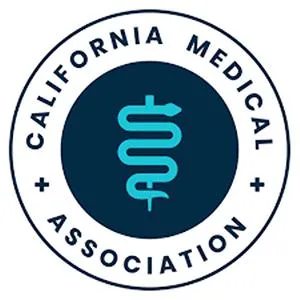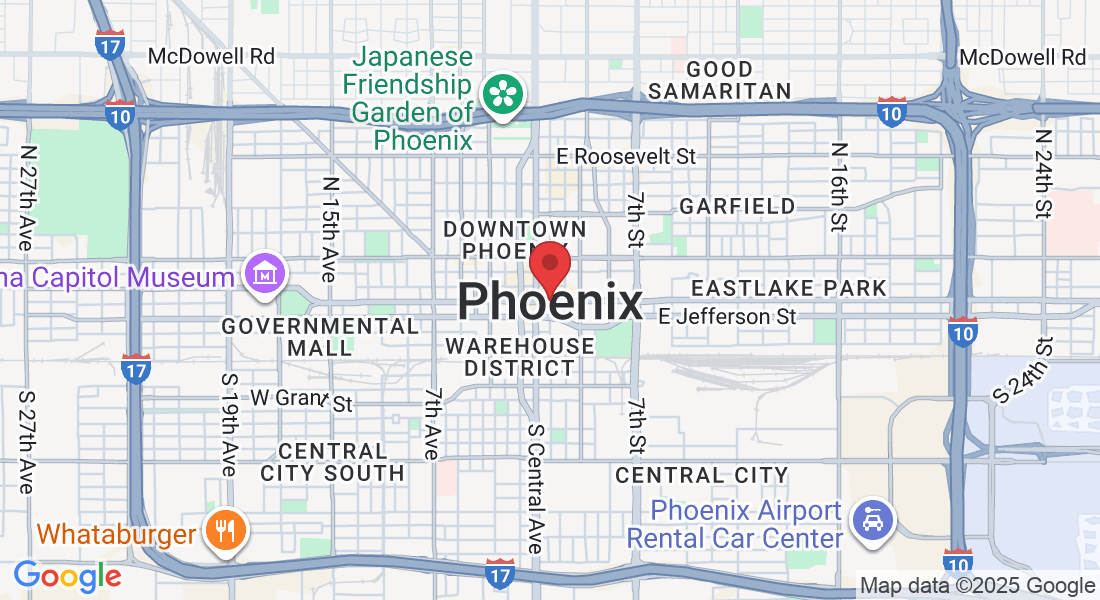Disc Disorders
Herniated Disc
Understanding Herniated Discs in the Spine
A herniated disc occurs when the soft inner core of a spinal disc pushes through a tear in the tough outer wall. Sometimes called a “slipped disc” or “ruptured disc,” this condition can put pressure on nearby nerves or the spinal cord, leading to pain, numbness, or weakness. At Desert Spine and Pain, we know the thought of a herniated disc can feel overwhelming. Led by Dr. David L. Greenwald, M.D., FAANS, FACS, one of the nation’s most respected neurosurgeons, our Phoenix team provides expert, compassionate care to help patients find relief through both conservative and advanced minimally invasive treatments.

Over 100 5-Star Reviews!

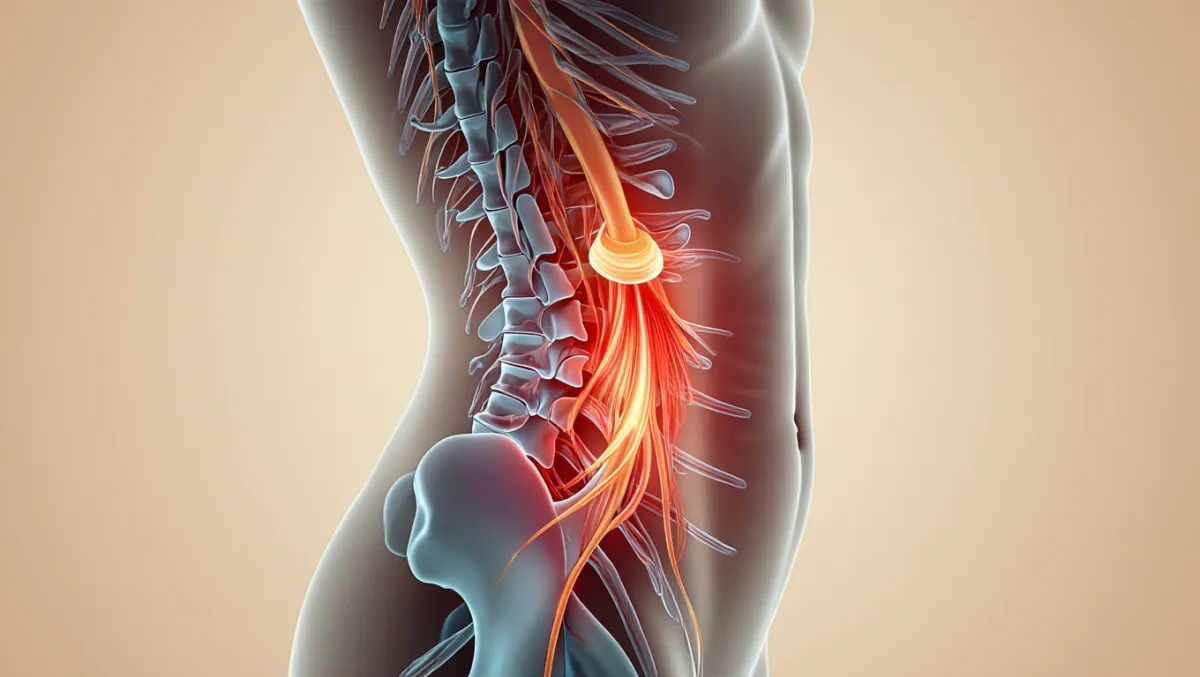
What Is a Herniated Disc?
Each spinal disc has a tough outer layer (annulus fibrosus) and a soft gel-like center (nucleus pulposus). A herniation occurs when:
The annulus tears or weakens
The nucleus pushes outward
Nerves or the spinal cord are compressed
Herniated discs can occur in the cervical (neck), thoracic (mid-back), or lumbar (lower back) spine, but are most common in the lumbar region.
Causes and Risk Factors
Age-related degeneration – Discs weaken over time
Sudden trauma or injury – Car accidents, falls, or sports injuries
Repetitive stress – Heavy lifting, twisting, or prolonged sitting
Genetics – Family history of disc problems
Obesity – Adds pressure to spinal discs
Smoking – Reduces blood supply and disc healing
Symptoms of a Herniated Disc
Symptoms depend on the location of the herniation:
Cervical (neck) – Neck pain, radiating arm pain, numbness, or weakness
Thoracic (mid-back) – Local pain or radiating chest/rib pain (less common)
Lumbar (lower back) – Low back pain, sciatica (leg pain), numbness, tingling, or leg weakness
Other symptoms may include:
Pain that worsens with bending, lifting, or sitting
Tingling or “pins and needles” sensations
Loss of reflexes or muscle strength
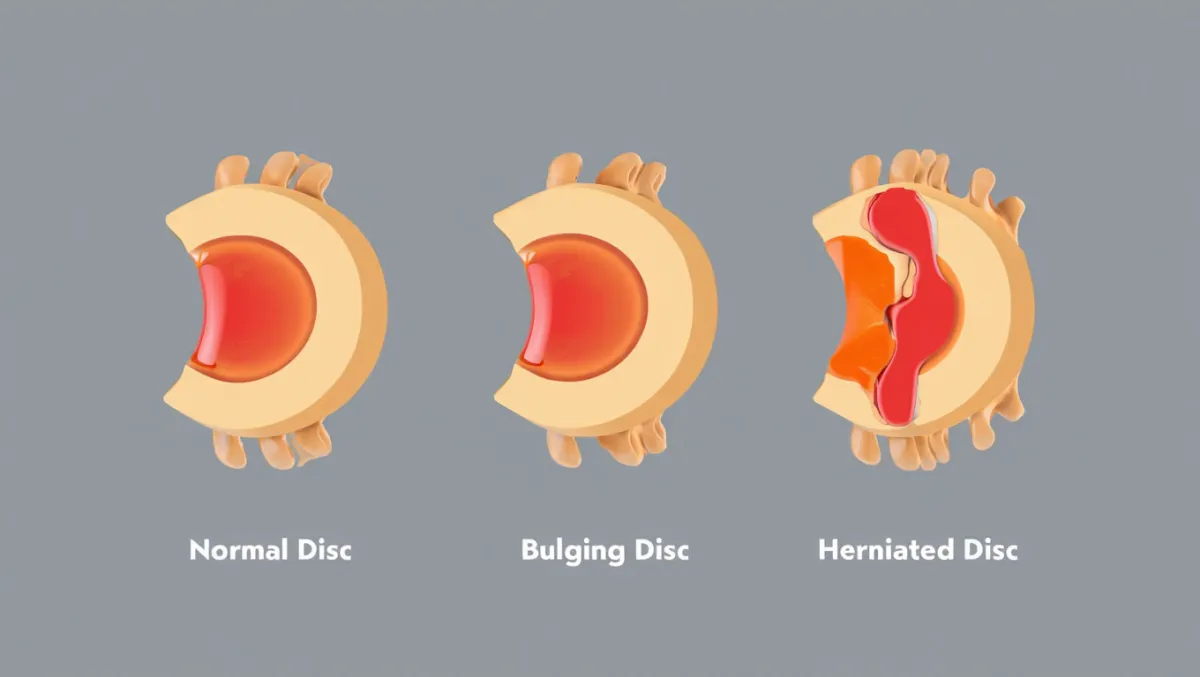
Diagnosis
At Desert Spine and Pain, diagnosis may include:
Medical history and exam – Reviewing your symptoms and testing strength, sensation, and reflexes
MRI – The best tool for identifying herniated discs and nerve compression
X-rays or CT scans – To evaluate alignment and rule out fractures
Nerve studies (EMG/NCV) – In selected cases with neurological symptoms
Treatment Options
Non-Surgical Care
Many herniated discs improve with conservative treatment:
Rest and activity modification
Medications (anti-inflammatories, muscle relaxants)
Physical Therapy to strengthen and stabilize the spine
Lifestyle changes (weight management, posture, ergonomics)
Epidural Steroid Injections for nerve inflammation
Surgical Care
If symptoms persist or are severe, surgery may be needed:
Microdiscectomy – Removes disc fragments pressing on nerves (minimally invasive)
Cervical Disc Replacement – Replaces damaged disc while preserving motion in the neck
Lumbar Fusion – Stabilizes the spine in advanced cases
Minimally Invasive Spine Surgery – Small incisions, quicker recovery
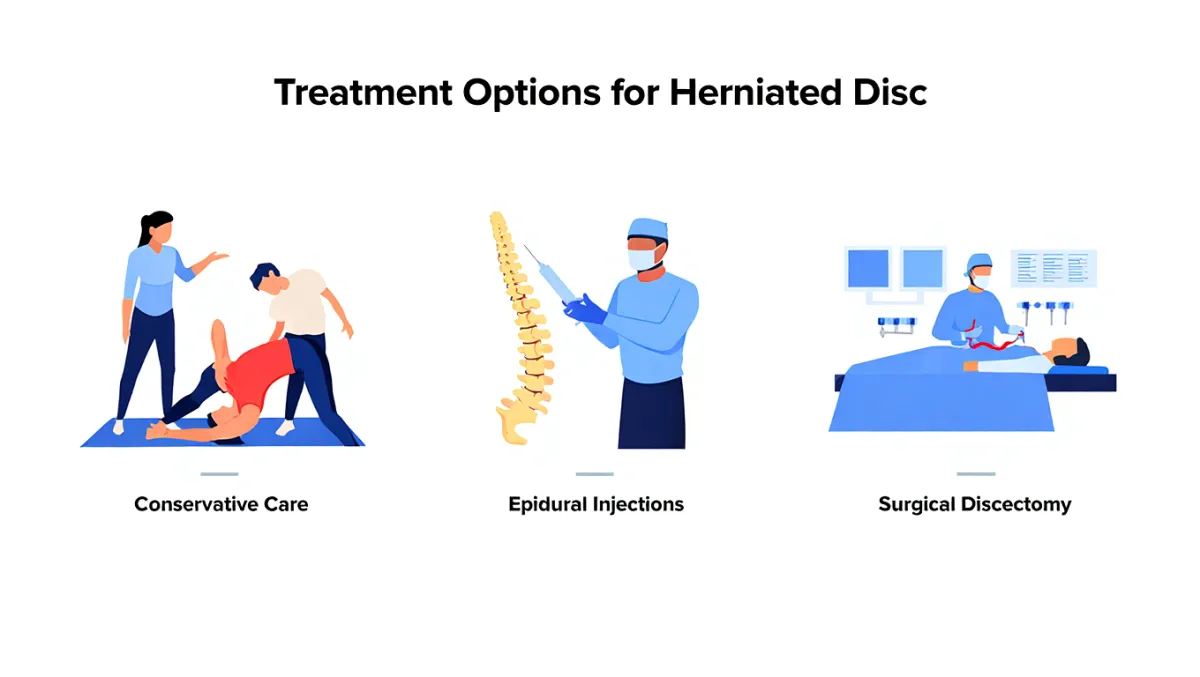
Recovery Timeline
Conservative care – Many improve in 6–12 weeks
Injection relief – May provide lasting improvement, supporting rehabilitation
After MIS microdiscectomy – Patients often return to light activity in 2–4 weeks and normal activity in 6–12 weeks
After fusion – Recovery takes longer, often several months
Why Choose Desert Spine and Pain?
Nationally recognized neurosurgeon – Dr. Greenwald has decades of expertise in disc disorders and spine surgery
Conservative-first approach – Surgery is only recommended when absolutely necessary
Advanced minimally invasive options – Quicker recovery, less pain, smaller incisions
Compassionate care – We help patients feel reassured and supported from diagnosis to recovery
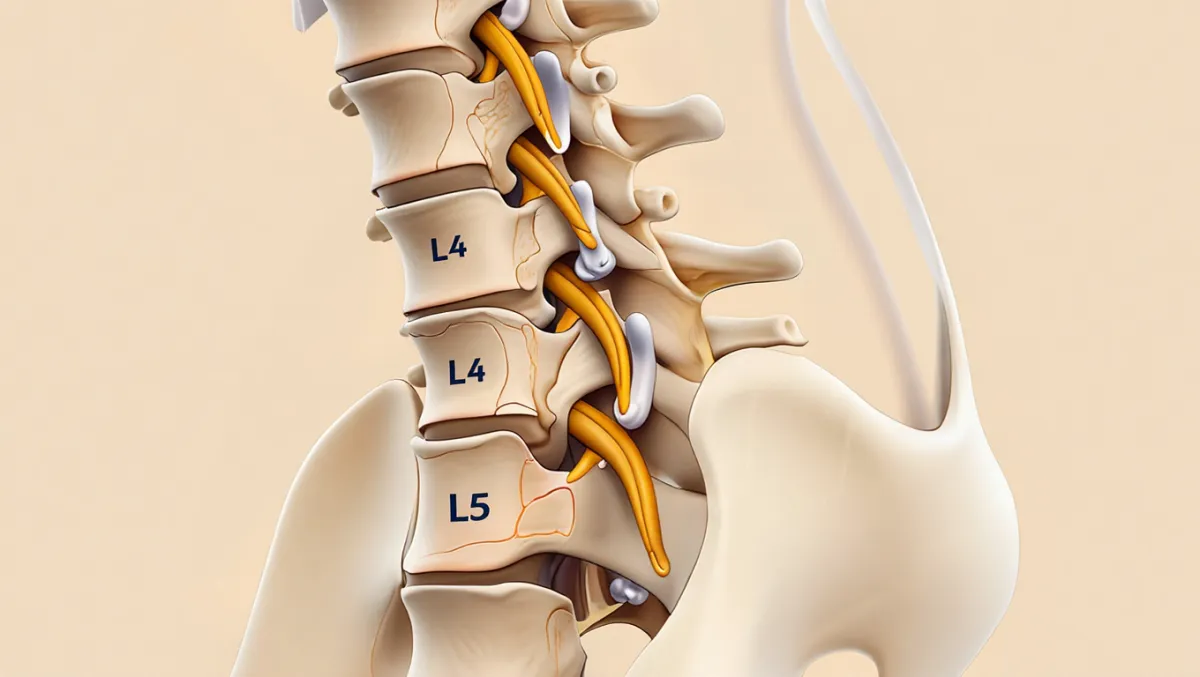
Frequently Asked Questions
Is a herniated disc the same as a slipped disc?
Yes. The terms “herniated disc,” “slipped disc,” and “ruptured disc” all describe the same condition.
Do all herniated discs require surgery?
No. Most patients improve with conservative care, and surgery is only needed for severe or persistent cases.
How long does it take to recover from a herniated disc?
With conservative care, recovery can take weeks to months. Surgical recovery depends on the procedure but is often quicker with minimally invasive techniques.
Can a herniated disc heal on its own?
Yes. Some herniated discs improve with time, therapy, and lifestyle changes, though severe herniations may require surgery.
How does Desert Spine and Pain treat herniated discs differently?
We provide precision diagnosis, conservative-first care, and minimally invasive surgical options — led by one of the nation’s top neurosurgeons.


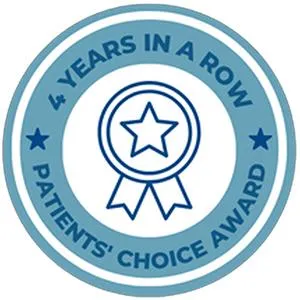
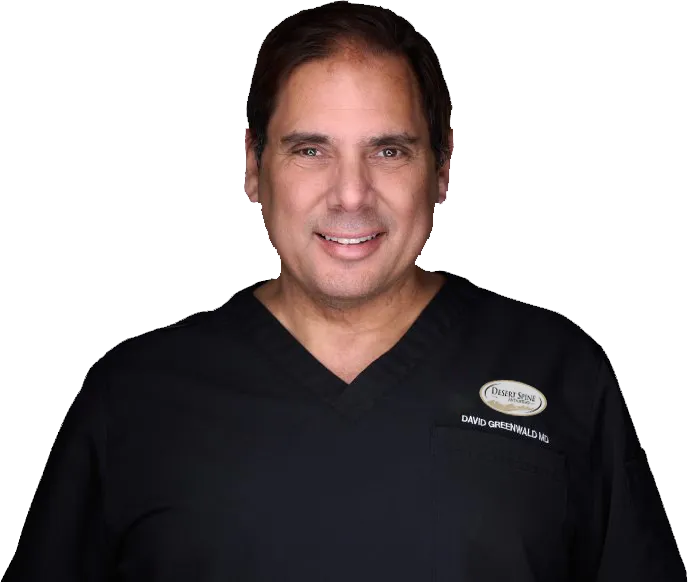
Dr. David L. Greenwald, MD
Neuro-Spine Surgeon
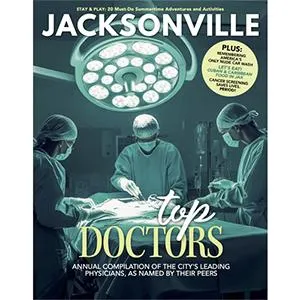
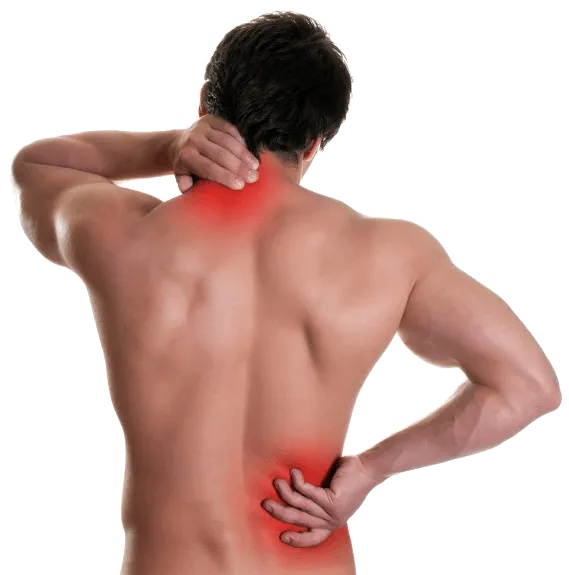
Call Now!
Desert Spine and Pain
A Spine Specialist is standing by.
Relief is just a phone call away!
Available Around the Clock.
Phone: (602) 566-9500
Email: [email protected]
Contact Us
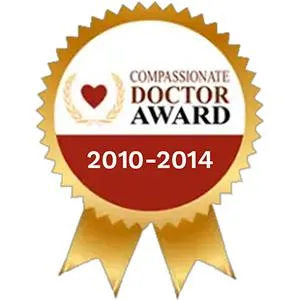
Schedule a Consultation
Living with a herniated disc can make even simple movements painful, but relief is within reach. Dr. Greenwald and his dedicated team are here to help you understand your condition and find the most effective treatment for your needs. Whether you require non-surgical care or advanced minimally invasive procedures, we’ll guide you every step of the way. Take control of your spine health today—schedule your consultation and start your journey toward a stronger, pain-free future.
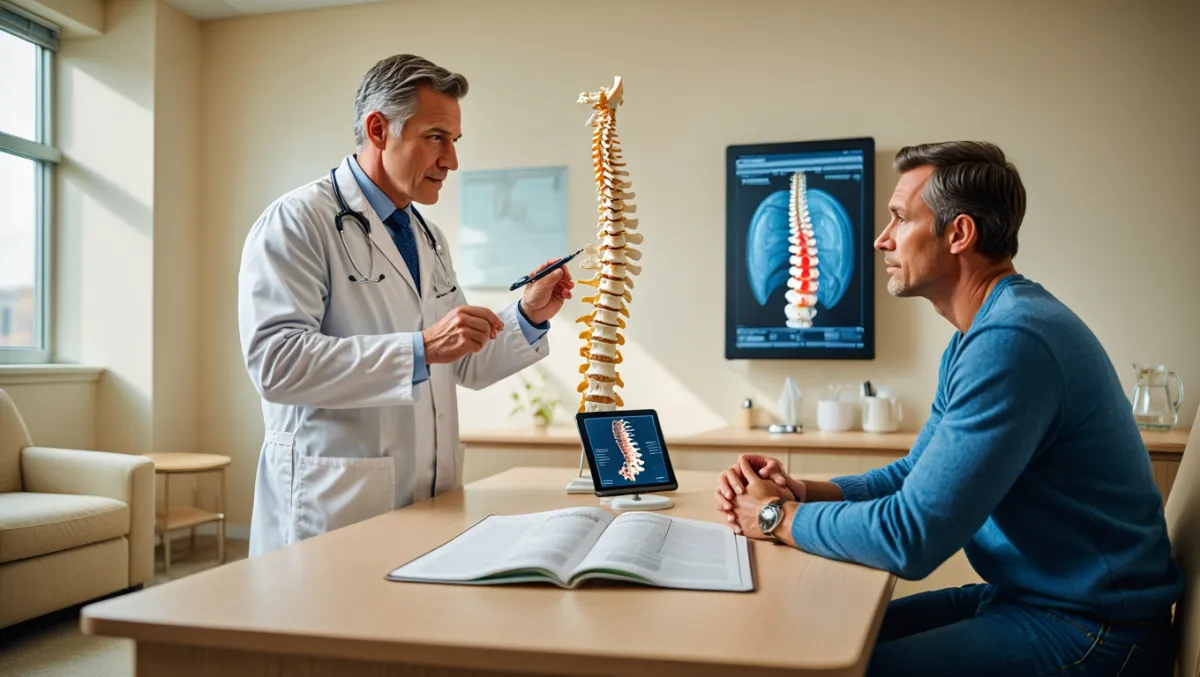
Voted Best Spine Doctor
Over 30 Years Experience in Orthopedic & Neuro Spine Surgeries.

Dr. David L. Greenwald, M.D., F.A.C.S.
Neurosurgeon | Spine Surgeon | Regenerative Medicine
Dr. David L. Greenwald, MD, FACS, is a board-certified spine surgeon specializing in the diagnosis and treatment of herniated discs, a common source of back and neck pain that occurs when the soft inner portion of a spinal disc pushes through its outer layer, compressing nearby nerves. Dr. Greenwald utilizes advanced imaging and minimally invasive techniques to accurately locate and treat the herniation, relieving nerve pressure and restoring function. His treatment philosophy emphasizes conservative options first—such as physical therapy, medication, and targeted injections—while offering precise surgical solutions when necessary. Patients throughout South Florida trust Dr. Greenwald for his expertise, compassion, and commitment to restoring mobility and improving quality of life.
Book your Spine Care Consultation Today!


Desert Spine and Pain
Patient Centered & Partner Focused
Quick Links
Resources
Connect With Us
© Desert Spine and Pain. 2025. All Rights Reserved. Sitemap

